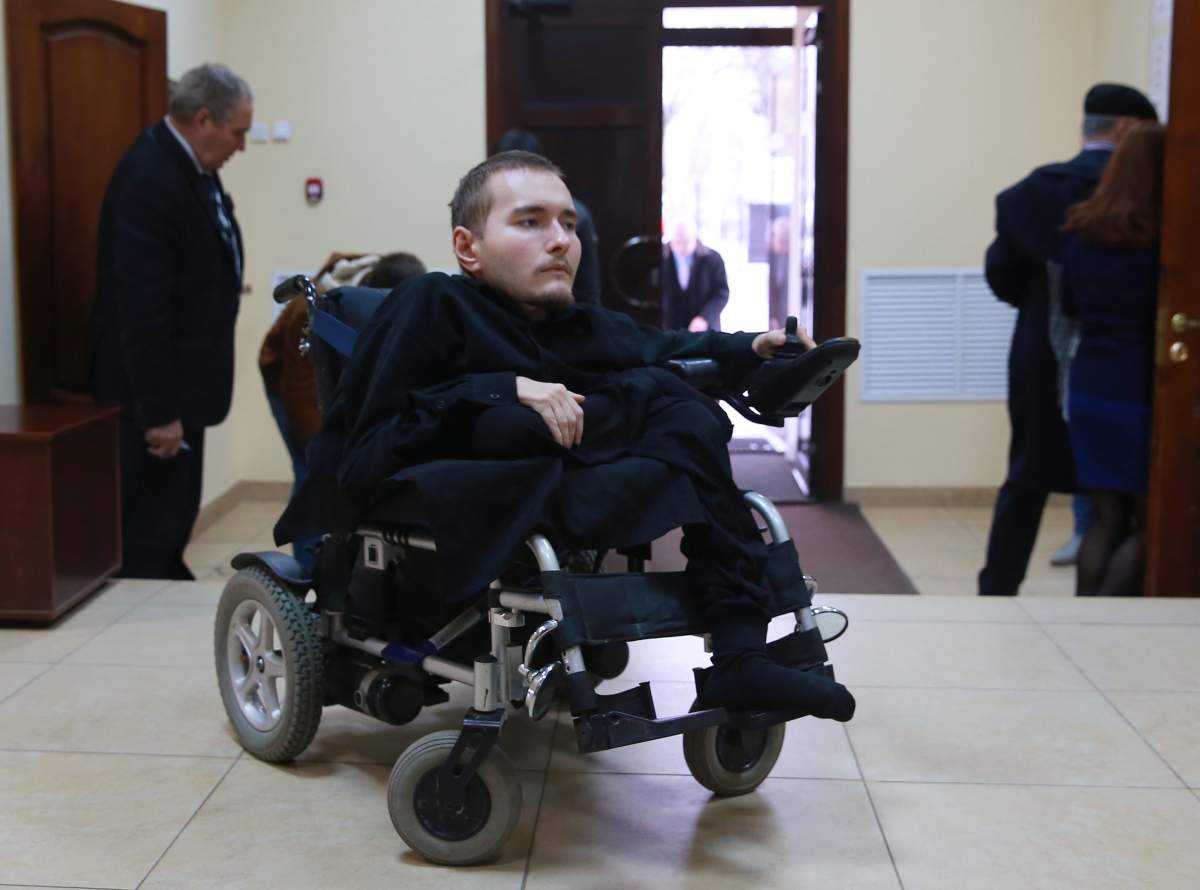Valery Spiridonov, believes a head transplant is his best hope. The 30-year-old Russian suffers from Werdnig-Hoffmann disease, a severe type of spinal muscular atrophy, a degenerative muscle disease.

Confined to a wheelchair, Spiridonov travelled to Annapolis, Maryland to hear his Italian neurosurgeon Sergio Canavero speak at the American Academy of Neurological and Orthopaedic Surgeons.
“This will much improve my life, “Spiridonov told reporters at the conference.
Doctor Canavero detailed his plan to transplant Spiridonov’s head onto a donor body, including cooling Spiridonov’s head and the donor body during the surgery which could last up to 36 hours.
“The chances of this working are 90 percent, of course there is a margin of risk, I cannot deny that,” said Canavero.

Get weekly health news
The surgery has been compared to Frankenstein and ridiculed for being far-fetched.
Art Caplan from the Division of Medical Ethics at the New York University Langone Medical Center, wrote, “I happen to think this is all nonsense and completely unscientific, unattainable, and ridiculous. The scientist says he can do it. He says that he has some way to fuse the spinal cord, because that is the major obstacle to doing something like this. It is fusing the head to the body through the spinal cord—the main highway of nerve transmission.”
Doctors at the conference raised ethical and medical questions about the controversial procedure including how to keep the brain alive during the surgery, and saying more research is needed.
Since his presentation in June, Canavero has partnered with Chinese surgeon Xiaoping Ren, according to the Wall Street Journal, Ren has successfully performed head transplants on mice 1,000 times. Some mice lived for a day after the procedure.
Canavero is convinced a human transplant can work and is aiming for December 2017 for Spiridonov’s surgery. The duo are trying to raise money to pay for the surgery.
WATCH ABOVE: Neurosurgeon Sergio Canavero delivers a Tedx Talk about head transplantation








Comments